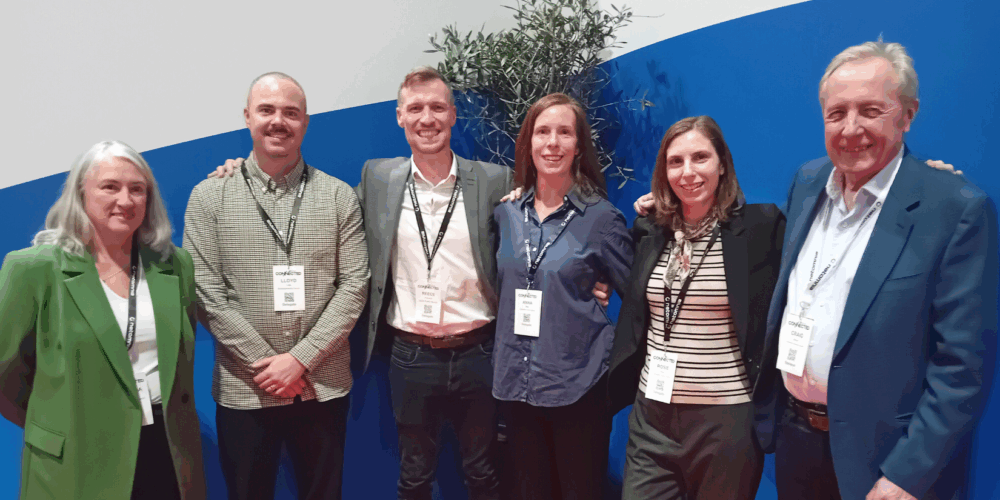At this year’s Connected Britain conference, held at ExCeL London on 24–25 September, Craig Bower, Director of the Digital Infrastructure Programme, took to the stage at the Local Authority Showcase panel on the first day to share Oxfordshire’s vision for digital connectivity. The panel, titled “From barriers to breakthroughs: Funding, future proofing and the role of councils in digital infrastructure delivery”, shared the importance of innovation and collaboration to achieve the best results for residents.
Craig highlighted the pivotal role councils play in convening stakeholders and driving place-based transformation. He began by addressing a common challenge faced by market towns across the UK:
“Stakeholder management is absolutely pivotal to unlocking investment in digital infrastructure. Take our market towns, for example—many are surrounded by fibre networks from Openreach, Gigaclear and other altnets, yet the historic high streets at their centres remain unconnected due to the prohibitive cost of digging up buried cables. We partnered with Teleauora to explore 5G millimetre wave deployments as a potential solution—at no cost to the council. It’s a blueprint for tackling urban connectivity gaps.”
Craig went on to showcase how collaboration has been key to Oxfordshire’s success. He cited Netomnia’s £35 million investment in the county, made possible through proactive support from the council on wayleaves, highways access and local marketing. He also shared a compelling story of how the council recently worked with MP Freddie van Mierlo, parish leaders and residents to bring Airband back to a village where a voucher scheme had lapsed.
“These examples show the critical role local authorities play—not just in convening stakeholders, but in leading place-based digital transformation. Our inbox is full, with over 23,000 broadband-related contacts, and the shift from fixed to mobile coverage issues is stark. Yet we lack the tools to address mobile gaps effectively. That’s why defining our role, even without holding delivery contracts like we did in the superfast era, is essential.”
Craig also spoke about the 5G Innovation Regions programme, which runs until March 2026. Oxfordshire is leading two major projects: one at Harwell, building a standalone mobile private 5G network for the campus, and another along East West Rail, deploying a stacked-use-case 5G network for passengers, farms, and businesses along the route.

Members of the England’s Connected Heartland programme standing together at Connected Britain 2025.
“These projects won’t deliver overnight, but with gainshare funding invested from our own programme, we’re committed to seeing them through. Mobile private networks will become increasingly important across the public sector, and we’re laying the groundwork now.”
The panel also addressed the broader mobile connectivity landscape of the UK:
“Mobile connectivity in the UK has either stagnated or worsened over the past three years, and that’s a serious concern. The UK’s position is, frankly, shockingly poor. Ofcom has prioritised fair pricing over infrastructure investment, leaving us with some of the cheapest mobile contracts but subpar coverage.”
He called for stronger leadership and central government investment to empower councils to build the infrastructure communities need:
“Some fixes will be low-cost or even no-cost, while others may need targeted funding, like deploying small cells in rural areas. These interventions can genuinely improve connectivity for residents. Digital infrastructure must be recognised as foundational—just as vital as highways or social services—and led from the top by chief executives and council leaders.”
The Local Authority Showcase panel was a powerful reminder that councils are not just delivery partners—they are leaders of place. Oxfordshire’s strategy, rooted in collaboration, innovation, and data-driven insights, continues to enhance connectivity throughout the county.
View our Smart County interactive map to see our vision for Oxfordshire.
